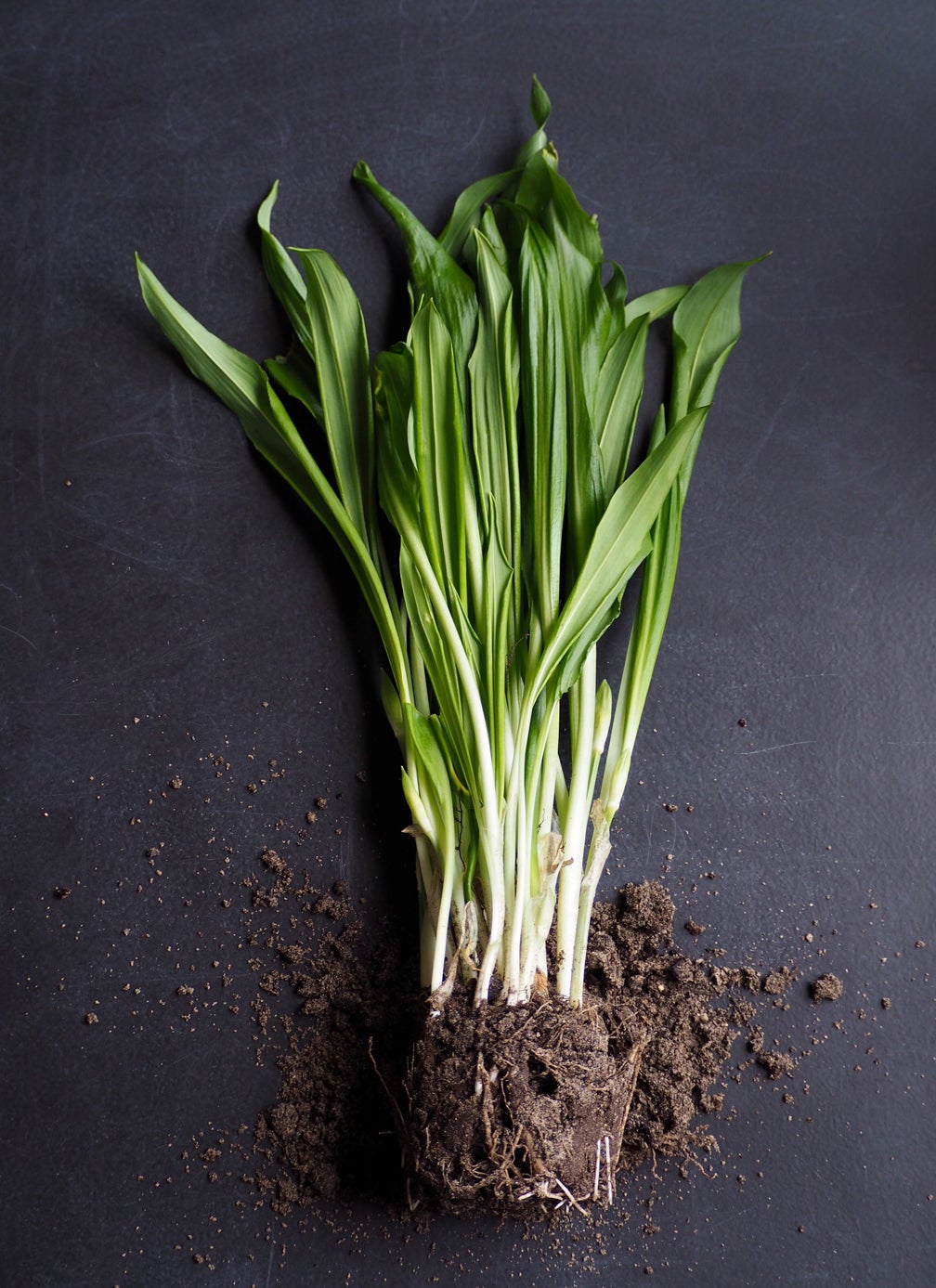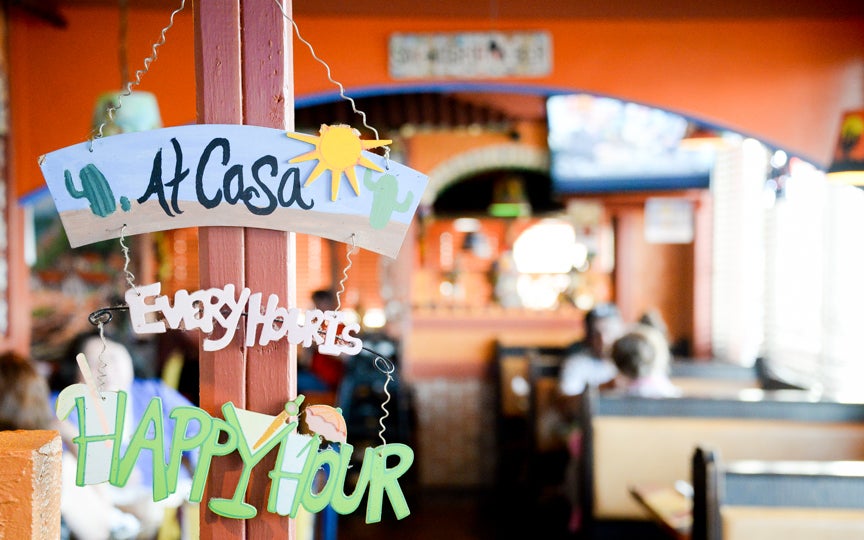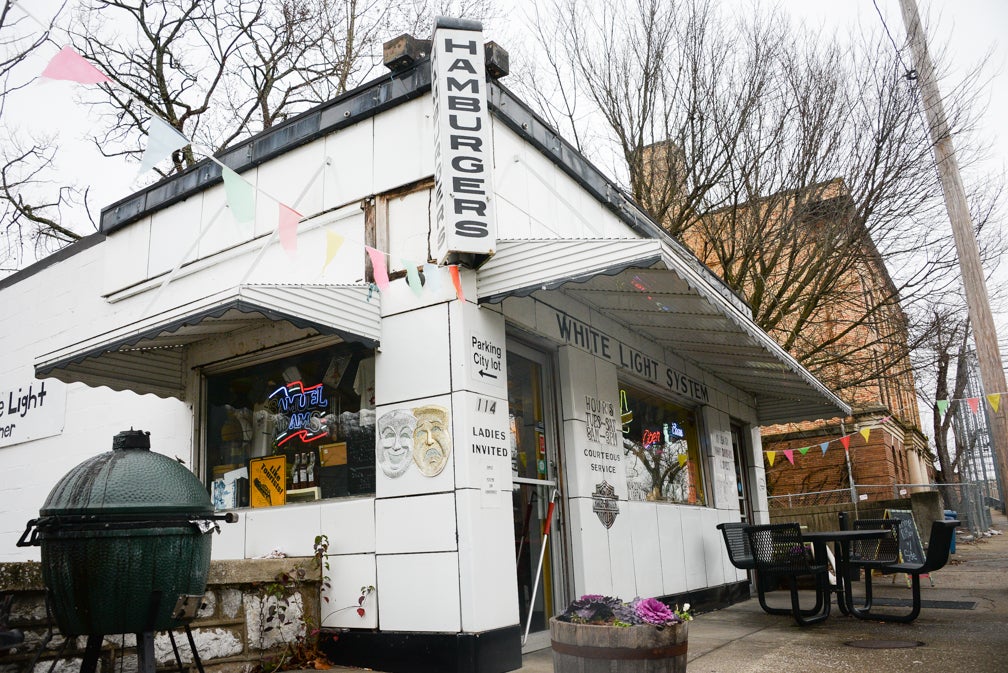Every now and again, you’ll find an ingredient that people are going nuts for and think to yourself, “Well, heck, that grows wild in my backyard!”
Ramps is one of those ingredients.
Ramps are wild leeks and every spring they pop up for a brief period to add a deliciously delicate, spring-like flavor to dishes. Lately, well, before the pandemic anyway, you would find them in menu items in the toniest of gourmet restaurants.
But they weren’t always the hip new thing everyone just had to use to show off their culinary skills.
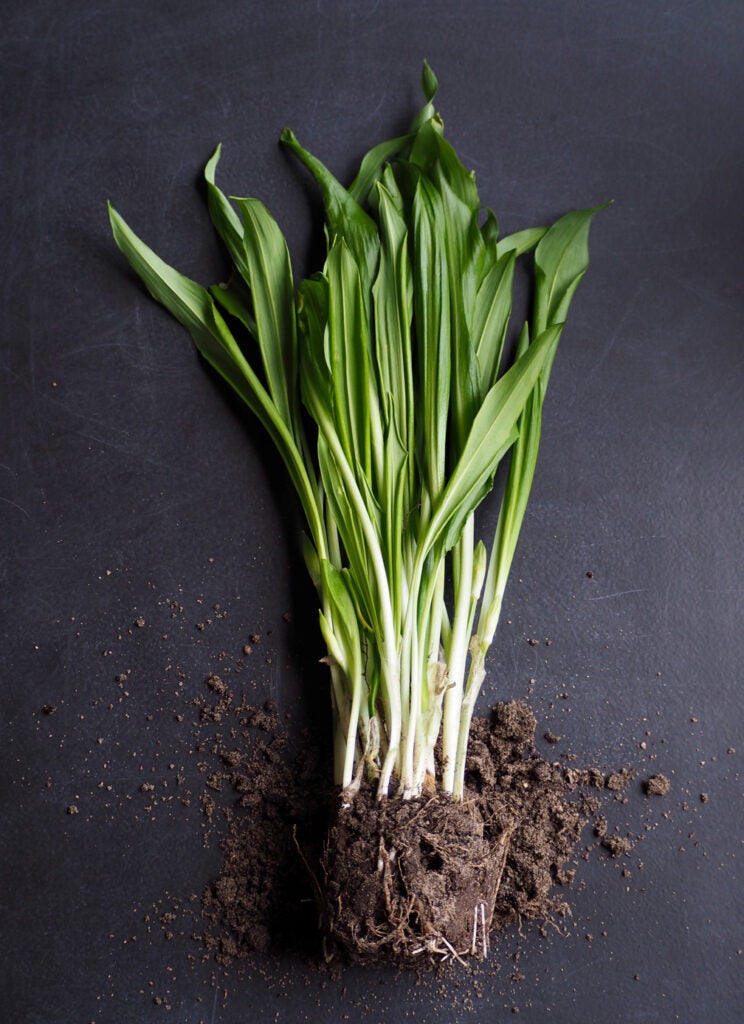
In fact, around the turn of the century, they were considered the food of the poor.
Ramps grow wild in good loamy soil out in the woods, according to Dr. Thomas Barnes author of the blog “Kentucky Native Plants and Wildlife.” The plant has flat oval leaves that are 4 to 9 inches long and 1 to 3 inches wide, he said. Growing in clumps, the plant will send up a stalk that will be topped with a flower that looks like an onion’s flower — a sphere made up of about 20-40 little buds.
If you’re lucky enough to find some, you can use the leaves and the bulbs to flavor dishes. Just like leeks, they have an oniony, garlicky flavor, only a little stronger.
So, because they grew wild in the Appalachian mountains, they were a food that poor Appalachians would go out and eat. Like Poke salad, lamb’s ear, pokeberry plants and dandelion greens, they were the food you ate when you couldn’t afford to go to the store for food.
In the 1930s, a man named Bato Crites was named Richwood, West Virginia’s “King of the Ramps” for being the person in town who could find and gather up ramps the fastest. And around that time, Richwood started having a festival for ramps — “Feast of the Ramson,” which features a plate dinner of ramps, potatoes, brown beans, cornbread, ham and bacon, desserts and Sassafras tea, along with Appalachian music and plenty of vendors.
Sometime in the 1970s, ramps started showing up as an ingredient in what I would loosely call “regional cookbooks” — you know, those little cookbooks on Appalachian foods, like “Southern Appalachian Mountain Recipes — Authentic ol’ Mountain Recipes,” with pen and ink drawings of hillbillies on them that you could get at Stucky’s or Cracker Barrel when you were traveling to the beach? (Clearly, I am older than the hills.)
And that, it appears, is when things started to change.
Around 1982, in an article for the New Yorker, Mimi Sheraton wrote a story about a New York advertising executive who quit the biz and moved out to the Finger Lakes region to start an organic farm where he gathered ramps and included it in his future business plans.
About a year after that, recipes for ramps showed up in gourmet magazine.
Not long after, the gourmet restaurant Chanterelle in New York started offering ramps on its spring seasonal menu with items like cream of ramps soup and fish stuffed with ramps. Naturally, like the pack animals they are, other trendy restaurants followed.
In 1992, New York Magazine did a story on ramps calling them a gift for foodies and a harbinger of spring.
Now, everyone extolls their virtues. Katie Button, executive Chef and Co-owner of Curate and the now-closed-due-to-COVID Button & Co. Bagels in Asheville, North Carolina, raved about them to Food & Wine magazine in 2019.
“Ramps are the most exciting thing that happens in the Blue Ridge Mountains in the springtime,” Button said. “In the bagel shop, we pickle the bulbs and purée the green tops. The bulbs get served on our platters of housemade gravlax and smoked sable and the pureed green tops get folded into cream cheese and smeared on our freshly baked hand rolled bagels. The flavor lands somewhere between fresh spring onion and garlic, and I relish the moment they return each year.”
If that doesn’t make you want to head out to the woods and find a ramp, I don’t know what will.
Back in the real world, however, there are plenty of people who’ve never heard of them. While plenty of the old folks up in the mountains will tell you they cure everything from the common cold to a decreased libido, we’re pretty sure they’re just another fun thing to add to your dishes to make you feel all swanky and posh.
In 2005, PBS broadcast a documentary called “King of Stink” about ramp festivals all over the south. While it only aired once, you can find it on YouTube if you want to check out what ramps look like, how to find them and how to harvest them.
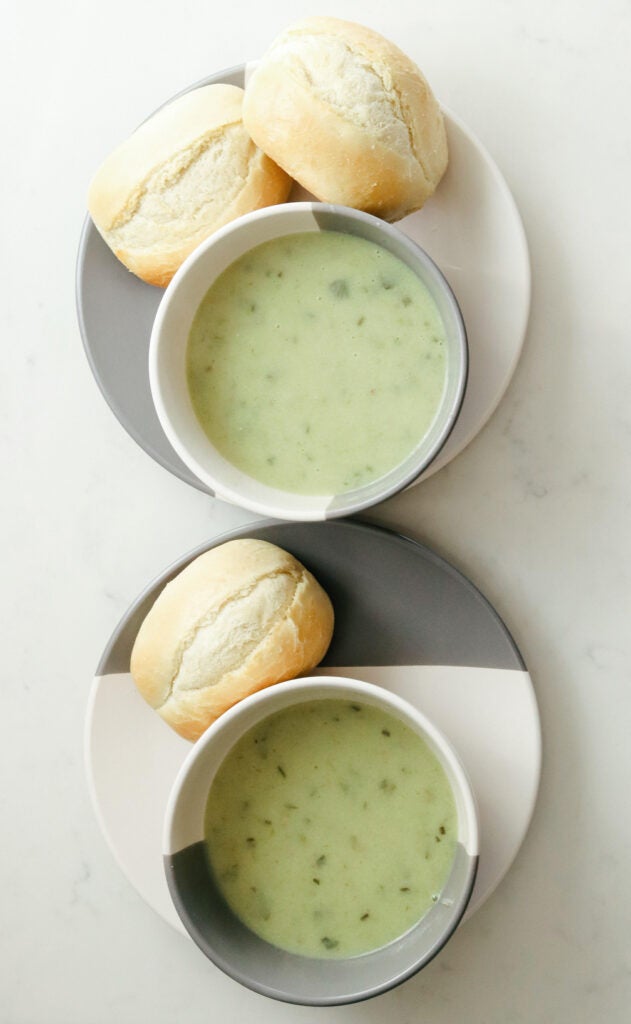
Ramp and Potato Soup
Recipe serves four to six people.
Ingredients:
4-6 slices of bacon
4 cups ramps with green still attached, chopped
5 cups red potatoes cut into small pieces
3 tablespoons of flour
4 cups of chicken broth
1 cup of heavy cream
pinch salt and pepper
Directions:
In a large skillet, fry the bacon until it’s crispy. Remove the bacon from the pan and crumble.
Sauté the ramps and potatoes in the bacon grease in a skillet and cook on medium low heat until tender.
Slowly add in the flour, stirring continuously until flour is completely absorbed. Cook flour for at least one minute.
Add the chicken broth and simmer until hot. Slowly add in the cream and heat through. To make it fancy schmancy, process it in a blender until smooth — although you don’t have to if you don’t want to. Ladle into a bowl and add crumbled bacon and finely chopped ramps for garnish.

